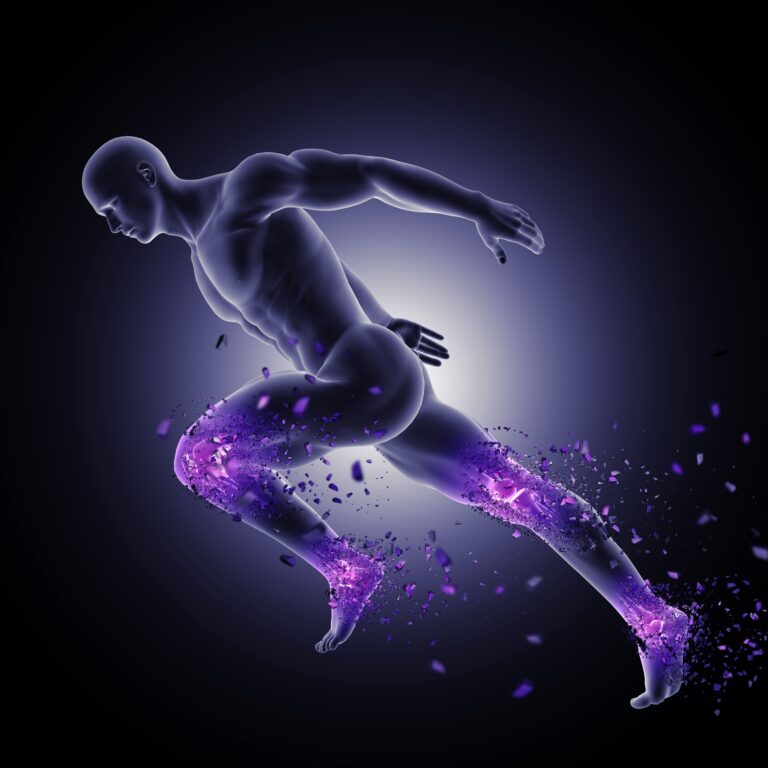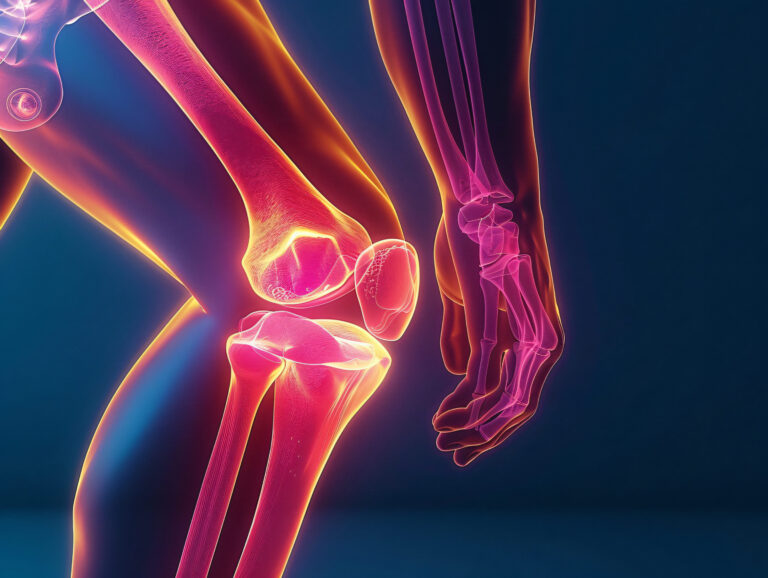Osteoarthritis (OA) is a degenerative joint disease that affects millions worldwide, leading to pain, stiffness, and reduced mobility. While surgical interventions are available, many individuals seek non-surgical treatments for osteoarthritis to manage symptoms and maintain an active lifestyle. This article explores various conservative approaches to alleviate OA discomfort and improve joint function.
Understanding Non-Surgical Treatments for Osteoarthritis
Non-surgical treatments encompass a range of therapies aimed at reducing pain and enhancing joint mobility without the need for invasive procedures. These methods are often the first line of defense against OA symptoms and can be tailored to individual needs.
Lifestyle Modifications
Exercise and Physical Therapy
Engaging in regular physical activity strengthens the muscles surrounding joints, providing better support and reducing strain. Low-impact exercises such as swimming, cycling, and walking are particularly beneficial. Physical therapy can offer personalized exercise plans to improve flexibility and balance, aiding in osteoarthritis pain relief.
Weight Management
Excess weight places additional stress on weight-bearing joints, exacerbating OA symptoms. Losing even a small amount of weight can significantly reduce joint pain and improve function. A combination of dietary changes and increased physical activity is recommended for effective weight management.
Medications and Supplements
Over-the-Counter Pain Relievers
Nonsteroidal anti-inflammatory drugs (NSAIDs) like ibuprofen and naproxen can alleviate pain and reduce inflammation. Acetaminophen is another option for pain relief, though it lacks anti-inflammatory properties. It’s essential to use these medications as directed to minimize potential side effects.
Topical Treatments
Topical NSAIDs, such as diclofenac gel, can be applied directly to the affected joints, offering localized pain relief with fewer systemic side effects. These are particularly useful for individuals with OA in the hands or knees.
Dietary Supplements
Some individuals find relief using supplements like glucosamine and chondroitin, which may support joint health. However, the efficacy of these supplements varies, and it’s advisable to consult a healthcare provider before starting any new supplement regimen.
Injections and Advanced Therapies
Corticosteroid Injections
These injections deliver anti-inflammatory medication directly into the joint, providing temporary relief from pain and swelling. They are typically used when other treatments have not been effective.
Hyaluronic Acid Injections
Also known as viscosupplementation, these injections aim to lubricate the joint, potentially reducing pain and improving mobility. Their effectiveness can vary, and they are more commonly used for knee OA.
Platelet-Rich Plasma (PRP) Therapy
PRP therapy involves injecting a concentration of a patient’s own platelets into the affected joint, promoting healing and reducing inflammation. While still under research, some studies suggest PRP may be beneficial for OA management.
Assistive Devices and Supports
Braces and Orthotics
Using braces can help stabilize joints, reduce pain, and improve function. Orthotic shoe inserts can also alleviate stress on joints, particularly in the knees and hips.
Canes and Walkers
These devices can aid in mobility and reduce the load on affected joints, enhancing safety and independence for individuals with OA.
Alternative Therapies
Acupuncture
This traditional Chinese medicine technique involves inserting thin needles into specific points on the body. Some individuals report pain relief from acupuncture, though results can vary.
Massage Therapy
Regular massage may help reduce muscle tension and improve circulation, potentially easing OA symptoms. It’s important to seek a therapist experienced in working with individuals with joint conditions.
Transcutaneous Electrical Nerve Stimulation (TENS)
TENS therapy uses low-voltage electrical currents to relieve pain. Devices are available for home use, but it’s advisable to consult a healthcare provider to determine suitability and proper usage.
Creating a Personalized Treatment Plan
Managing osteoarthritis effectively often requires a combination of treatments tailored to individual needs. Consulting with healthcare professionals, including rheumatologists, physical therapists, and primary care providers, can help develop a comprehensive plan. Regular monitoring and adjustments ensure optimal outcomes.
Conclusion
Exploring non-surgical treatments for osteoarthritis offers numerous avenues for pain relief and improved joint function. By incorporating lifestyle changes, medications, therapies, and assistive devices, individuals can manage OA symptoms effectively. Early intervention and a proactive approach are key to maintaining mobility and quality of life.


